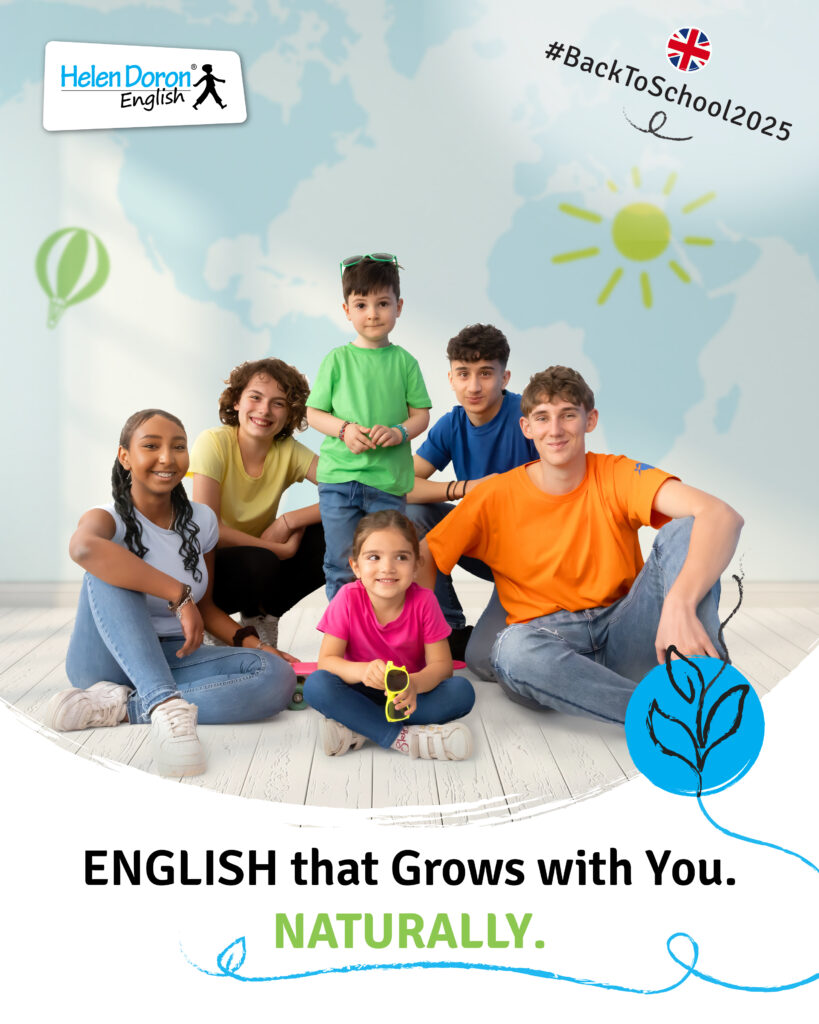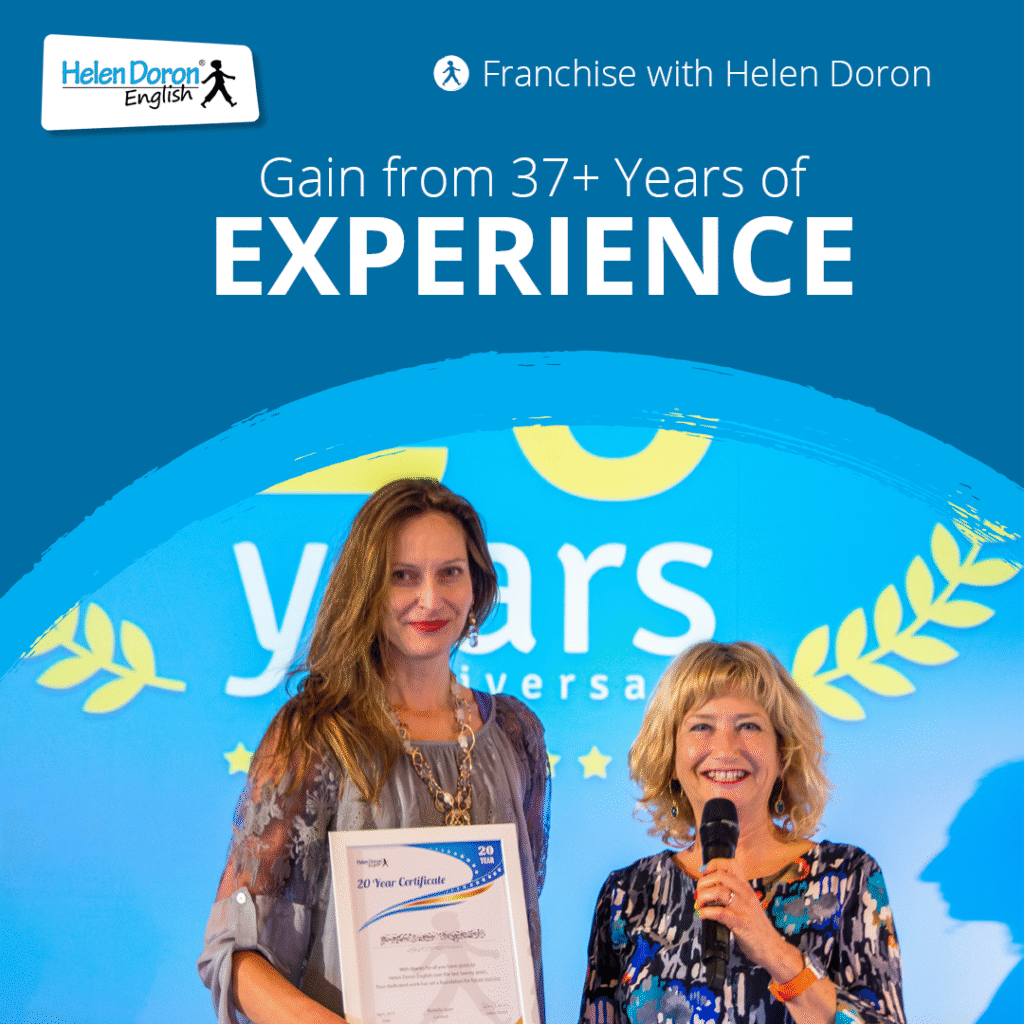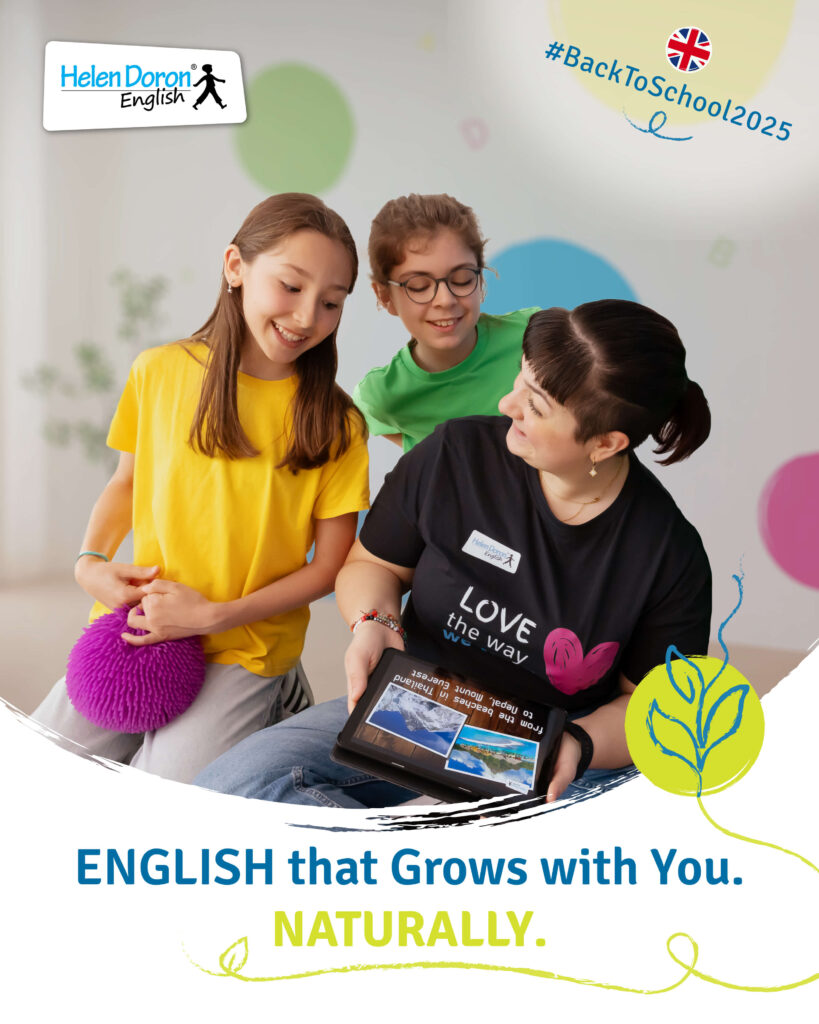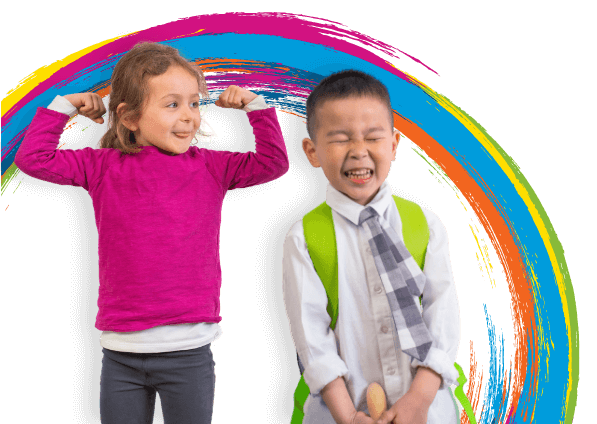
Helen, let’s please continue our conversation about the various elements that contribute to the success of the Helen Doron methodology; what makes the method work?
There are a variety of components that contribute to the success of the methodology, and we have more to explain about the important features that spiral learning contributes to its success. Spiral learning is a relatively new concept in education. Rather than trying to master a subject all at once, spiral learning teaches a concept gradually and repeatedly, reinforcing concepts over time. The idea is that each time a student encounters the topic; the student expands their knowledge or improves their skill level. It is a very natural process.
I’ll share an interesting anecdote with you: I had a two-year-old child attending one of my classes that was mostly four-year-old children. In the early years we didn’t have the wealth of learning materials that we now have and we varied the ages in the classroom. Today we are more precise. This child was what we today might call hyperactive and he spent all his time going around the class moving and making sounds like an airplane. When I would teach a new idea he would stop, the airplane would come into land and he would sit mesmerized and lap it all up. When I finished teaching the new materials he would get up and return to flying around the class again. He knew what was new material, it was absolutely clear.
Spiral Learning is a much better method than the mastery method. When you teach mastery method, even if it is through different and enjoyable activities, the material is not new and this does not stimulate the children the way new information does. The children want to learn new ideas. They are comfortable with not having complete mastery of all the information from the start. They do not feel that they need to know the information thoroughly before they continue and learn something else. With spiral learning, when the students return to the information the next month or year, they will learn it in a new and different context. They will learn different nuances of the concept and they will gain an even richer understanding of the language.
For example, what is the word ‘train’? To a toddler, the word simply refers to a ‘choo-choo train’ but as the child grows and learns, the word takes on additional meanings and what might come to mind is long back of a wedding gown, a ‘wedding dress train.’ The word ‘train’ can also be used as a verb – to teach, or ‘train’ someone. There is also the concept of a ‘train of thought’ and so on…. So, with each stage of development, when the child learns the word ‘train’ in a different context, he understands that the meaning can have many different nuances.

If spiral learning is a natural way of learning, then why is the mastery method still used so much?
The truth is, some teachers and parents prefer the mastery method. They believe the right way is to teach the child until they fully know whatever is being taught and will teach it again and again through different activities and different approaches but won’t move on until they know it. The reality is, the child won’t remember all that was taught and will often forget much of what they have learned when the information is stuffed into them.
Now, in truth, the mastery method can be a more satisfying way of teaching, it is much easier. With the spiral learning method, you really have to plan your curriculum and you have to know where you are going and plan ahead for the different stages that an idea is introduced. Many teachers don’t have such well-planned curriculums. When kids start learning with the Helen Doron programme we know what they are going to learn at 3 months old, the week after, the month after, at one year, five years and even 15 years on. We have a very strong curriculum built on spiral learning. I have worked with experts in education and child development to create a scientific and researched curriculum. The beauty of it is, the kids don’t know the technicalities, they are just having fun learning. So, while it is more challenging to teach this way because of the thought and planning required, I believe that this natural way of learning is more satisfying. It takes into account that learning naturally is fun, engaging, and is an anecdote to boredom.
There is an old story where the teacher leaves the classroom and enters the teachers lounge. When asked by another teacher, what did your class learn today, he replied, ‘I know what I taught them but I don’t know what they have learned.’ It is sad but this is how much education is taught worldwide. It is defunct but parents will sign them up for this type of class because it is how they learnt and in their minds, this is the correct way. It is not logical for the child’s mind even if it is for the parents. The child will not enjoy it and the parent may not recognize that this is not how a child naturally learns. They need to get comfortable with the idea that the child will learn and will retain the information. Young children’s minds must be allowed to grow and develop confidently and not worry about exactly how much they know but to rejoice in the learning process itself.






